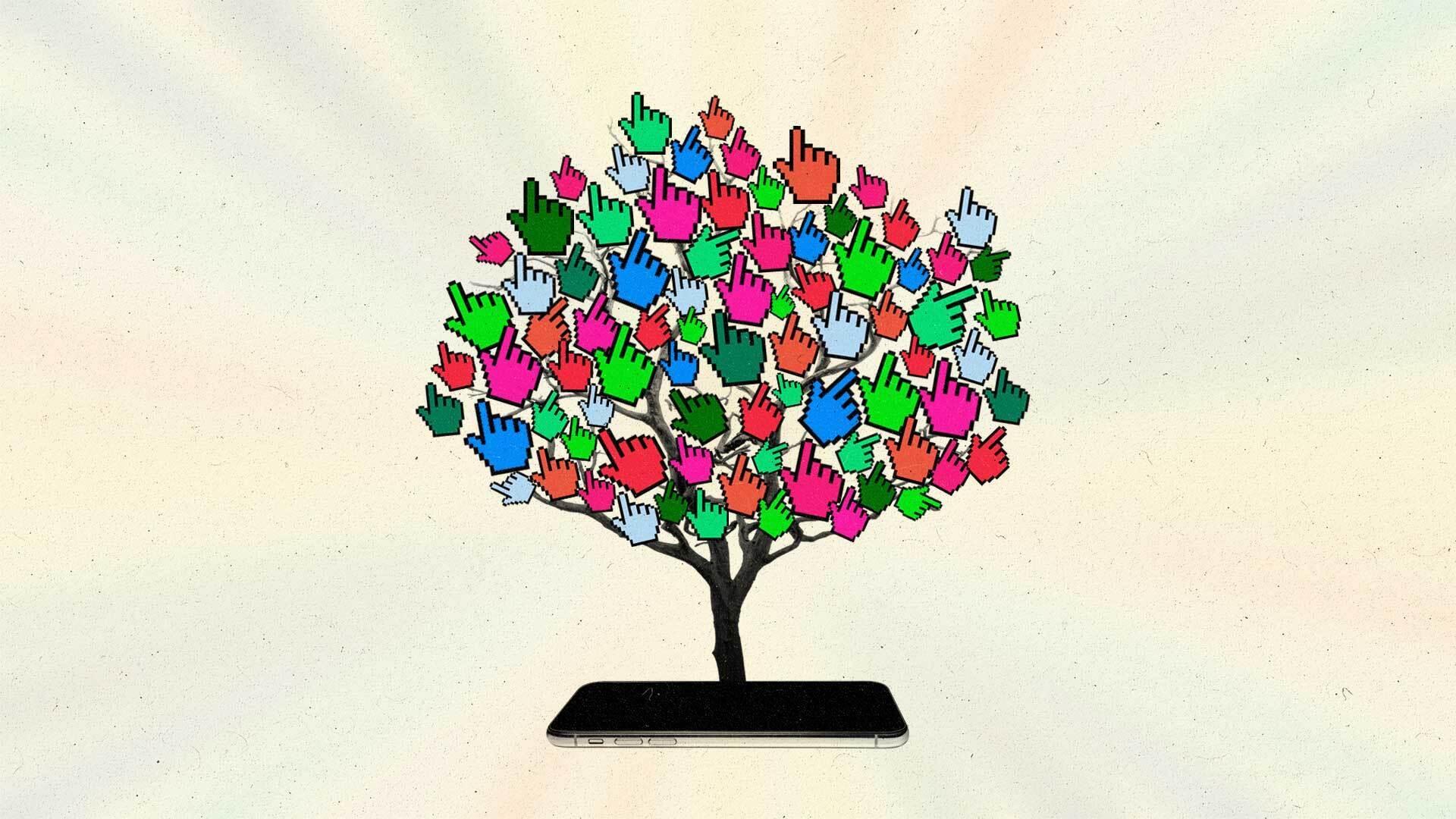The Black Lives Matter movement helped drive advertisers’ DEI efforts. How far have we come?

Amrita Anand was one of the first graduates of GroupM’s 12-week immersive media program — Launch Pad — in Canada when it began in April 2022. Amrita, a 23-year-old Toronto native, says the program gave her a start in the ad industry by allowing her to explore different aspects of the media business and the opportunity to build a career at one of GroupM’s agencies. She now works as an assistant planner at Wavemaker.
Amrita’s story — and those of her fellow graduates — is an indication that the face of the advertising/marketing industry is changing. Amrita is a second-generation Canadian whose ethnic heritage is a mix of Indian and East African. One of Launch Pad’s goals is to help drive the recruitment of underrepresented groups in the media industry in North America. “With this program and with this company in general, they definitely do their part to ensure everybody is able to have the same opportunity,” Amrita says.
Over 32 percent of marketing teams at companies and ad agencies in the U.S. were ethnically diverse in 2022, according to a study conducted by the Association of National Advertisers (ANA). That number has been growing each year since 2019, when the rate was 27.9 percent. For chief marketing officers and leaders with equivalent roles, ethically diverse representation grew to 14.3 percent from 12 percent over that span, the ANA study found. Likewise in Canada, there’s been a push within the marketing profession toward creating more diverse, equitable, and inclusive workplaces, according to new research by the Canadian Marketing Association, which found that the number of organizations with “well-diversified leadership” had increased to 25 percent in 2023, from 22 percent last year.
And yet, individual stories and studies don’t fully capture what has happened to the ad industry since companies vowed to become more diverse. Following the murder of George Floyd in Minneapolis in 2020 and the nationwide calls for racial justice, many global companies and brands became more vocal about confronting racism. “We had associations, groups, brands getting on all these action items in the name of diversity and inclusion. And I believe that season is still happening,” Kevin Johnson, CEO of GroupM Canada, tells The Current. “The next season that needs to start now is measurement.”
Despite the push by brands and agencies toward DEI, progress is hardly linear or uniform across the industry. There is no industry standard for the measurement of DEI in advertising. Instead, brands and agencies are relying on proxy data to track progress, according to a study by the Harvard Business Review. “Collectively, as a community, we’re patting ourselves on the back, but do we have the concrete data to demonstrate what we’ve won?” says Johnson.
Another focus has been on advertiser pledges to increase spending on Black-owned media. A recent survey by Ad Age attempted to track the longevity of those commitments made by major brands like Target, McDonald’s, General Motors, and P&G. It found progress is being made, despite fears that some of that resolve may have dwindled since 2020. SMI data cited in the Ad Age report finds that spending on diverse owned media rose at an annual rate of 80 percent from 2020 to 2022, from $400 million to $1.4 billion.
Still, spending on media owned by marginalized groups made up only 1.85 percent of total spending measured by SMI in 2022, and spending on Black-owned media comprised only 1.16 percent. Major players in the industry are determined to grow that investment. GroupM, for instance, announced the expansion of its Media Inclusion Initiative to invite brands “to invest at least 5 percent of total annual media budgets across publishers that create, curate, and distribute content specifically for diverse audiences.”
If change is a long time coming, there are signs that the ad industry is adapting its creative perspective to ensure representation of different groups. That was one of the driving factors behind the creation of Obsidianworks, a media and marketing agency co-founded in 2020 by actor and producer Michael B. Jordan and Chad Easterling, a longtime marketing executive with Nike. Not long after, cultural marketing agency 160over90 made a strategic investment in the business. The Black-owned and -led agency asserts that “multicultural marketing” is mainstream marketing. “For us, it was about serving the communities that we come from, that we belong to, and bringing about diverse voices and ways of thinking,” Easterling tells The Current.
“I’m optimistic about where things are going,” Easterling says. “Brands are open to having conversations. They’re trying to see what’s new, what’s different, what’s out there. At the same time, individuals on the brand side must be ready, willing, and prepared to take those kinds of steps and make those kinds of shifts.”
Subscribe to The Current
Subscribe to The Current